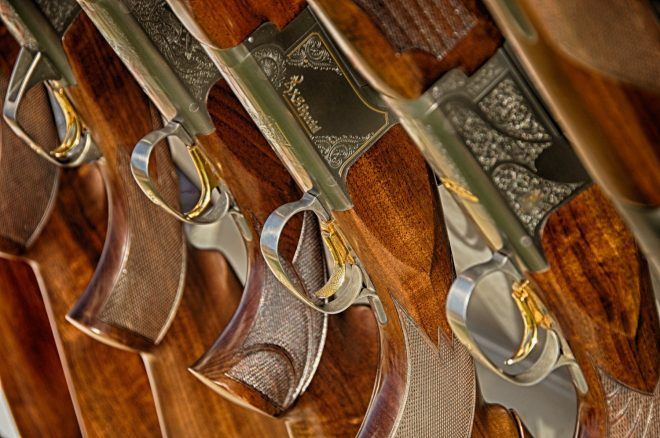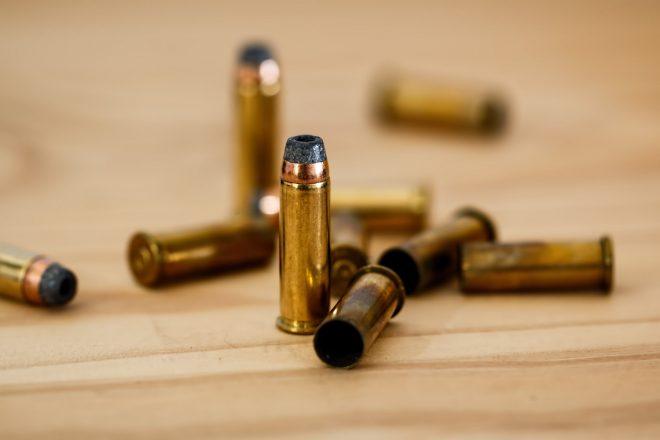All out lead ammunition ban proposed in the European Union
The European Union in tandem with the ECHA – the European Chemicals Agency – is once again attempting to push through an all-out lead ammunition ban. Previously, this legislative proposal would have made it illegal to hunt with lead ammunition in wetlands, however, this time they are attempting to impose a blanket ban on all lead ammunition.
Despite indications that lead to negligible toxicity of lead baed ammunition as researched by International Protection organizations like IUCN, on July 16th the EU Commission sent a letter to the director of the ECHA with a suggestion to restrict all civilian uses of lead-based ammunition and even went as far as to include lead fishing tackle. Where will this lead exactly?
curio and relic firearm phase-out
In addition to virtually eliminating .22lr from the market, many other vintage firearms make use of specific ammo tailored to lead projectiles. Many vintage rifles are proof tested to specific pressures and receive a mark indicating that they’ve passed this proofing test. Lead ammunition is used for these tests and bullet materials other than lead, like steel, are known to develop much higher pressures than their lead-based counterparts. This would make many vintage firearms unsafe to use with modern replacements. This would include collector guns from both world wars and black powder muskets and rifles. Someone’s fun collection of WWI rifles and pistols could very well turn into nothing more than expensive decorations in a gun safe.

Cost increases
Of course, there are alternatives to lead for most modern firearms that are 100% completely safe and practical to use such as copper, however, they do have a major drawback and that is price. Lead is significantly cheaper because of the sheer volume of lead ammunition that is produced and the costs associated with the procurement of materials. Lead is less than half the cost of copper when it comes to purchasing commodities and this will naturally transfer to the end-user.

Performance and practicality
In addition to increasing the cost of the projectile itself, the prospect of switching from lead to alternatives brings in to view other problems. For one, lead is extremely dense for its relative volume when it’s compared directly to copper – a popular competitor. This brings variables such as bullet length into question and this will directly lead to stabilization issues. If you’re wanting to keep the same mass but have a lighter material to throw downrange, the only dimension you have to expand is along the longitudinal axis. The long projectile can lead to the bullet not properly chambering or being incapable of being stabilized with your barrels twist rate.
If this ban goes through, it will significantly alter the firearms landscape for the European Union, and not for the better. With some hard work and good fortune, organizations such as FACE and AFEMS – the Association of European Manufacturers of Sporting Ammunition – are the few leading organizations that will have a say in this potentially disastrous proposal.
 Your Privacy Choices
Your Privacy Choices
